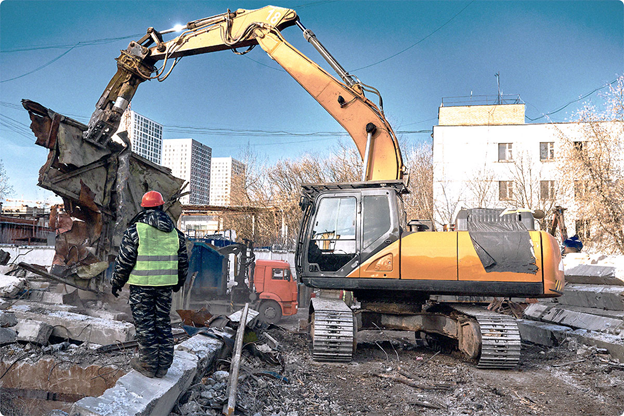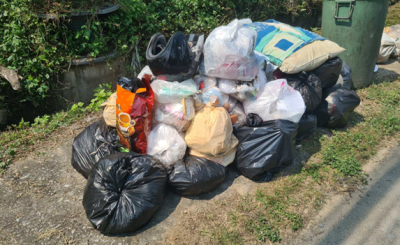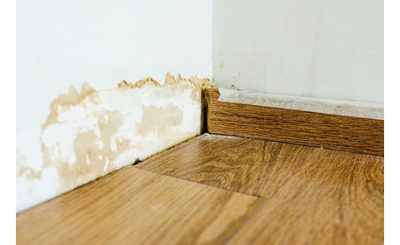If your goal is to conduct a major construction project, the first thing you should consider is demolishing structures and areas you already have on the lot. That way, you can clear the area for new buildings you wish to add. Demolishing is not just about dismantling structures and buildings.
You should check here to learn more about permits you should obtain beforehand. Instead, it demands specialized equipment and skills, as well as detailed planning, which directly ensures efficiency, safety and compliance with local regulations.
This particular article will help you learn a few things about demolition contractors before choosing the right one for your specific needs.
Planning and Preparation
Before the demolishing starts, you must conduct comprehensive preparation and planning, which is why you should understand the following points.
Site Assessment
You should remember that a before anything happens, demolition team must conduct a detailed site evaluation. We are talking about assessing structural stability of structures and buildings on site as well as identifying potential hazardous materials inside. That way, they can determine the best and most suitable demolition method available.
After assessment, they will develop a comprehensive plan, which will ultimately outline the required equipment, work scope and completion timeline.
Permits
The next step is ensuring relevant approvals and permits from local area and government bodies, which are essential for demolishing work. We are talking about building permits, environmental permits as well as relevant clearances you must have along the way.
In most cases, a demolition contractor can manage the process, meaning they can obtain relevant permits you need to handle each step along the way. That way, you can ensure to follow and comply with all legal aspects before you start with the work. When choosing Demolition Contractor Bella Circle, we recommend you to check out this address for more info:
Removal of Hazardous Materials
If you live in an older household or building, the chances are high that you are using pipelines and plumbing with hazardous materials such as asbestos. The main idea is to remove them safely before demolition, which is vital to remember.
You may need to find specialized subcontractors who can safely remove the hazardous waste based on the local regulations and other factors that will help you throughout the process.
Structural Demolition
Another important consideration is that you have a visible wearing and tearing structures and buildings. We can differentiate a few types of demolition methods, where each one comes with a set of benefits and downsides.
Manual Demolition
This particular method takes advantage of handheld tools such as jackhammers, chisels and sledgehammers with an idea to dismantle a specific structure piece by piece. In most cases, you can use it on small structures and when you need to be as precise as possible, meaning preserving neighborhood buildings or surrounding structures.
Mechanical Demolition
Another common demolition method you can take advantage of is using heavy machinery such as bulldozers, excavators and wrecking balls to deal with the buildings and structure. In most cases, you can use it for considerable structures, while it is more efficient solution than manual demolition.
Explosive Demolition
This particular method takes advantage of using explosive to bring everything down, which is the most effective method that will help you tear down a specific building in matter of minutes. However, the main issue with it is danger that comes with it, because it is specifically used on large structures when other methods are not reliable and effective.
Debris Removal
As soon as you decide to demolish a structure, the debris must be removed from the area. The process includes following steps:
Sorting and Recycling
You should know that demolished building comes with lots of debris that you can reuse and recycle, which is metal, concrete and wood. The demolition contractor tends to sort the material on-site, and later they will transport to recycling facilities. Watch this video: https://www.youtube.com/watch?v=Iosz_apH0Tk to learn more about this particular topic.
Land Clearing
After the removal, the site must undergo further cleaning of any remaining trees, vegetation and other potential obstacles that may prevent you to reach the desired goals. This is typically conducted by using heavy machinery such as excavators or bulldozers.
Site Remediation
It is important to remember that site requires thorough remediation after the process, which will ensure you can safely use in the future. We are talking about following tasks:
Soil Remediation and Testing
The soil demolition site may undergo severe contamination from hazardous materials such as gasoline, oil, asbestos and other chemicals that may be part of the process. Remember that soil testing will determine the contamination level, especially if the soil is removed and treated with an idea to eliminate relevant issues you are experiencing.
Underground Storage Tank Removal
Most old buildings have underground storage tanks, which are essential for storing oil and other fuels. You should remove the tanks and follow guidelines that will help you properly dispose them off, which will prevent further contamination of soil.
Industrial Demolition
When it comes to industrial demolition, you should remember that the process involves dealing with industrial facilities such as power plants, factories and chemical plants. This particular type of demolition comes with certain challenges you must undergo such as dealing with hazardous materials. You need specialized equipment for the process.
If you wish to remove manufacturing factories and plants, in that case you should take advantage of heavy machinery so you can deal with hazardous materials.
On the other hand, dealing with chemical plants and other facilities is essential but you should find a contractor who can handle these steps. They must conduct special precautions that are necessary for safe removal and disposal of problematic materials.
In some situations, you may need to demolish a structure due to safety reasons, which is after hurricane, fire, natural disasters and earthquake, among other issues. After a fire, a structure will be so damaged that it will remain unsafe. In these cases, the demolishing contractor operates quickly to properly remove the debris and clear the area from unwanted obstacles.








